What is reverse consumption?
Reverse consumption refers to a consumption pattern that is completely unlike traditional consumption. Traditional consumption patterns are based on worldly values, where people freely consume what they want, live an abundant lifestyle, and prove their social status. Buying branded goods or expensive luxury items are examples of consumption behaviors based on those values.
According to the semiotics of consumerism, when people purchase luxury goods, they tend to consume them as a symbol of social status, not necessarily for the quality of the luxury goods themselves. Therefore, the purpose of traditional consumption patterns is mainly to exhibit one’s wealthy lifestyle and to demonstrate one's superiority over others.
Reverse consumption is the opposite of this type of consumption, with the purpose of consumption not being to show off or prove one's social status but to buy only what one needs. For example, instead of buying luxury items, one would select and purchase products that are great value for money.
So, as the idea of reverse consumption becomes more widespread on social media, have there been any concrete changes in the consumption behavior among Chinese Gen Z consumers?
The impact of reverse consumption
■Not buying luxury items
Chinese people have long been considered zealous when it comes to buying luxury goods, and even ordinary people with average salaries would save up to be able to afford to buy them. As a result, people wearing or carrying luxury brand items could be seen everywhere on the streets of China. Due to the purchasing power of Chinese consumers, the revenue of luxury brand Louis Vuitton exceeded 20 billion euros in 2010. Arnault, the head of Louis Vuitton, said in an interview, “I am the most interested in China in the world today, and many Chinese people are lining up to buy luxury goods.” However, since 2022, Chinese consumers’ enthusiasm for luxury goods exhibited a sharp decline. China’s luxury goods market (for personal purchases) recorded a 10% decrease for the first time, ending its growth period. The young people who were lining up to buy luxury goods seemed to disappear overnight, and stores selling pre-owned luxury goods are also seeing their business slowing.
■Choosing to buy Chinese brands
In the past, Chinese brands were not popular with Chinese consumers. Although they were affordable, they were not very popular among young people. However, in recent years, with the growth of the Chinese economy and increased investment in Chinese brands and advertising, this situation has changed dramatically. Many Chinese brands are now recognized by consumers and are appreciated for their excellent quality and value for money. Many young people have also started to introduce their favorite Chinese brands on social media, and Chinese brands that are value for money are beginning to be viewed more favorably over expensive international brands by young people.
Posts on Chinese’s equivalent to Instagram “RED” comparing Chinese brands with international brands
■Growth of second-hand buying/selling and sharing economy
Influenced by reverse consumption, new consumers are more interested in sustainable consumption, reducing spending on unnecessary products and promoting recycling. Such people practicing reverse consumption are expressing their opposition for consumerism and wasteful behavior on social media. They prefer to choose means such as sharing economy, rental, and buying used goods to reduce waste and the consumption of resources. The buying and selling of used goods is a relatively new area of business in China, but it is growing rapidly and various second-hand marketplace platforms have emerged. Taking online transactions space as an example, the scale of second-hand buying/selling in China in 2022 will reach 480.2 billion yuan, and there will be 263 million users, an year-over-year increase of 20% and 17.9% respectively. The idea of “buying second-hand goods and using second-hand goods” is increasingly accepted by consumers, especially the younger generation and is developing into a lifestyle trend.
A post on China's equivalent of Instagram “RED” introducing a second-hand marketplace app
Why did reverse consumption emerge?
One of the reasons why reverse consumption emerged is thought to be due to the economic recession. In such economic conditions, the main cause of restrained spending is the decline in consumers’ ability to spend and a reaction to the economic situation. During periods of economic prosperity and stable growth in personal income, people tend to have an optimistic attitude for the future, and these psychological states encourage consumers to engage in consumption behaviors such as purchasing expensive goods and services and enjoying life.
However, with the impact of COVID-19 and the intensifying factors contributing to global political instability, China's overall economy is now more uncertain than ever before. Concerns about future uncertainties, such as the slowing economic growth, the unstable job market, and fluctuations in personal economic situations, are likely to lead consumers to spend rationally and support reverse consumption.
Another reason is that the popularization of social media is promoting the spread of rational consumption. In the past, social media drove people to reckless comparison and competition and excessive consumption, and brand marketing and advertising led many young consumers to consume irrationally. However, with progression over time, China’s new consumers, especially Generation Z, have strengthened their awareness of the world and have begun to see through the traps of consumerism hiding in the marketing methods they have grown familiar with seeing. In fact, after decades of e-commerce consumerism frenzy, the excitement over the annual “Double 11” shopping event has gradually subsided (The Double 11 Shopping Festival started as a way to “celebrate” single people and their independence by encouraging purchases through discounts and promotions, which drove sales). Today, the share of revenue via shopping on social media is no longer a trend, the expression Bakugai (binge shopping) is on the decline, and some people are questioning the value of expensive brands, and people who blindly consume expensive goods are often criticized. Meanwhile, the idea of reverse consumption has attracted attention on social media and has become a new consumption attitude among young people.
Summary
While reverse consumption has led to the decline of some markets, such as blind purchases of expensive items, it has promoted the growth of others, such as an increase in the willingness to purchase products that are value for money and the emergence of second-hand markets. These may be positive signs, as people practicing reverse consumption are beginning to take a more rational approach to spending and promote the growth of sustainable consumption. However, it may also simply reflect a decline in people’s ability to spend and a poor economy, which may be considered worrying signs.
It may be difficult to draw clear conclusions at this point about a massive economy like China’s. We need to continue to pay close attention to the Chinese economy, look for various indications, and continue to monitor their impacts.
Reference Material
参考资料/References:
当年轻人开始反向消费,品牌能做点什么? (When young people start practicing reverse consumption, what can brands do?)
https://www.cbndata.com/information/292360
LV暴跌,“卖不动”成奢侈品常态? (LV plummets, “unsellable” becomes the norm for luxury goods?)
https://www.cbndata.com/information/292386
二手交易商机多 (There are many opportunities for second-hand buying and selling )
http://www.xinhuanet.com/fortune/20240414/728c6cdf65ce431ba1ea71ebfcabf51d/c.html
※日本語での記事はこちらをご確認ください

2023年の年末から中国のSNSで「逆消費」というホットトピックが現れ、今日まで人気が続いています。急速に変化している中国社会では常に新しい消費観念や消費トレンドが生まれており、この記事では現在の中国のZ世代において最も流行している消費トレンドである「逆消費」について紹介します。
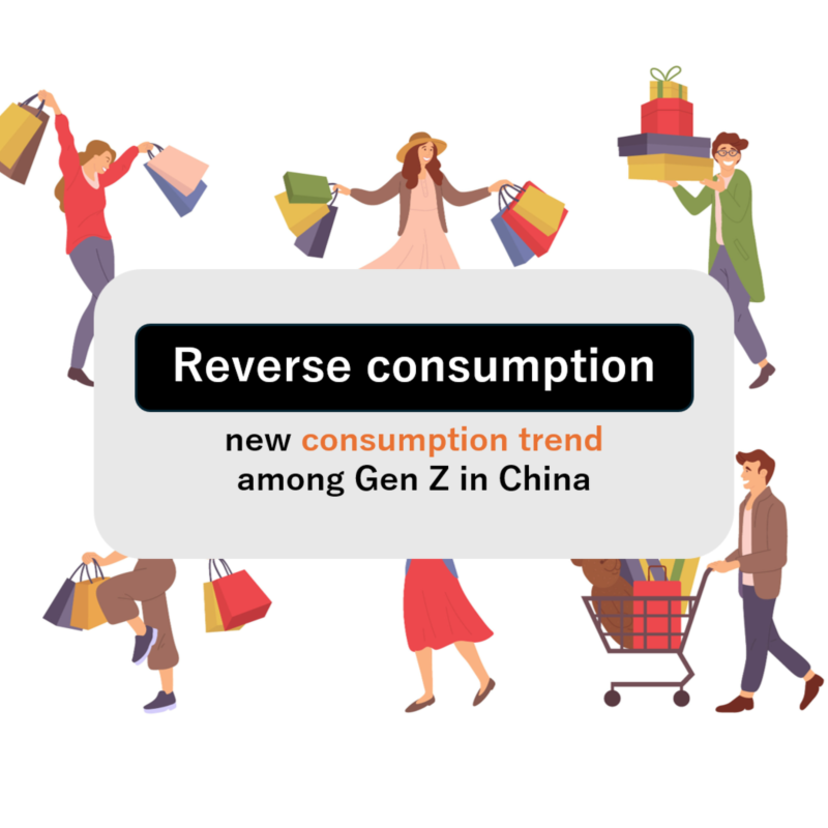
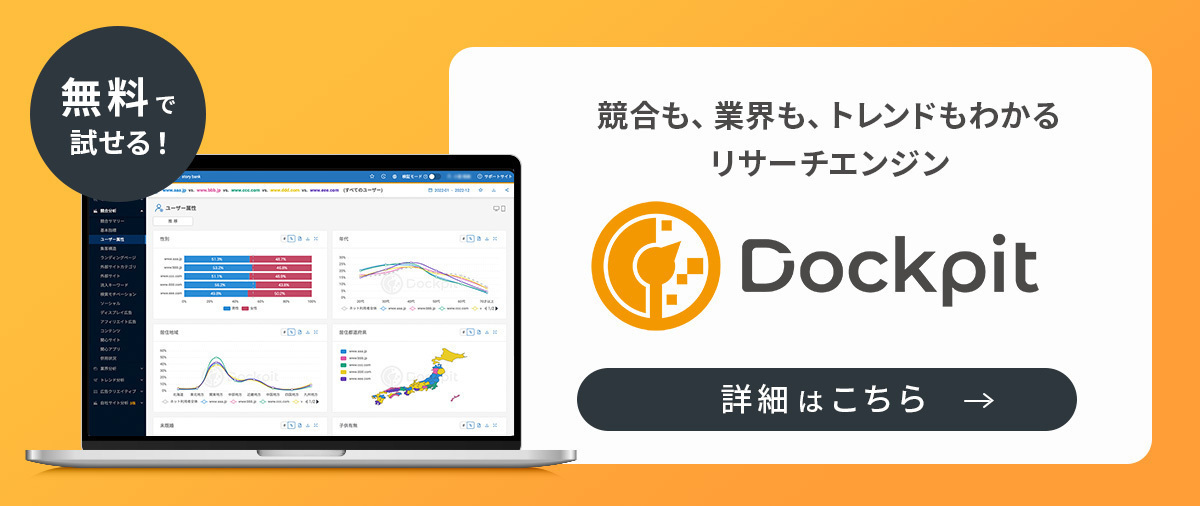
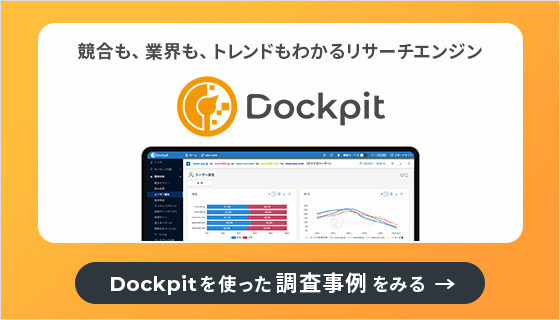


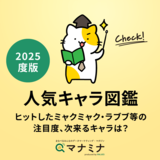



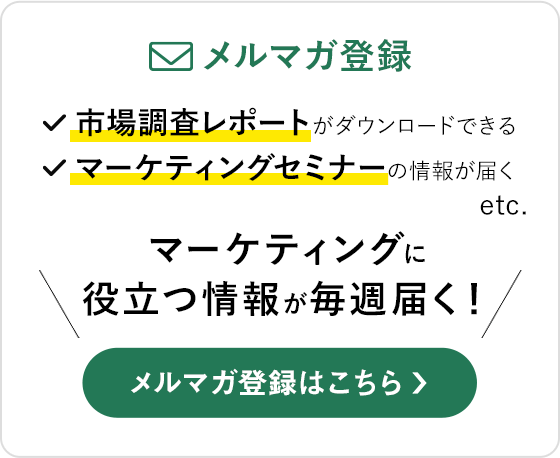
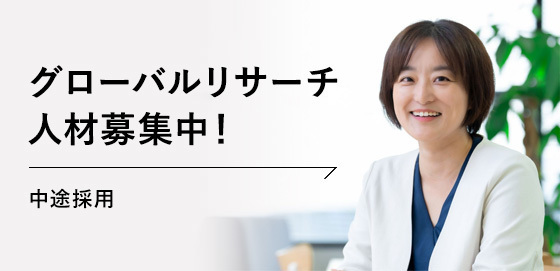







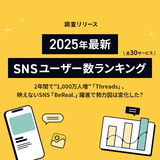



Born and raised in the Bay Area, U.S.A, I was fascinated by the different social and purchasing behaviors between Japanese and American consumers. I studied communication for undergrad and international marketing for my graduate studies. My professional background is in bilingual recruitment and Japanese-English translation.